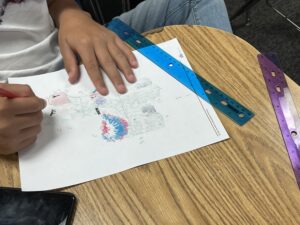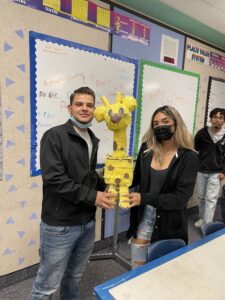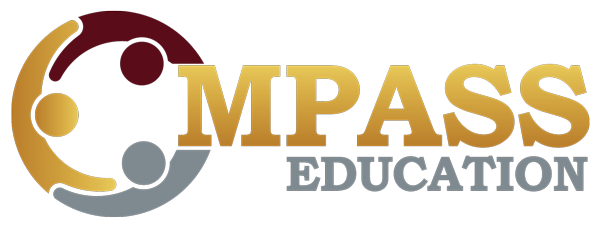So, I was talking with students last week and the question came up about why education has not evolved as quickly as the work force, technology, and the world in general.
The students were very insightful about we do it this way for school, which is different than real life.
It is impressive to see that students not only could recognize the difference but could also describe the differences between rote memorization or following a set algorithm and the actual problem solving, collaboration, and communication skills that are needed in the workforce along with the content knowledge. Several students shared that they prefer learning about the math skills within a project while problem-solving within a real-world context.



In the three years of implementing the Math Literacy Project, I am most proud that the MLP students know, understand, and appreciate how they will use the content knowledge in their life. Maya, a ninth-grade student, stated “I don’t have to ask where I will use this information, it is right there in the project. Now I know when faced with this type of situation in my life, I can use my math skills to solve and justify my decision.”
This student is applying skills typically taught within a geometry class such as the relationship between 2D figures and 3D solids, scale factor, similarity, and modeling with geometry. The student selected an image of a piñata, then had to construct the piñata, using recycled cardboard boxes, with a minimum height of 2 ft. The challenge was to construct a piñata so that it closely resembles the original image. This process provided students with the opportunity to develop a deeper understanding of the concepts as they wrestled with trying to translate from 2D to 3D and how to construct a sphere out of cardboard.
Studies comparing learning outcomes for students taught via project-based learning (which is the foundation of the Math Literacy Project) versus traditional instruction show that when implemented well, PBL increased long-term retention of content, helps students perform as well as or better than traditional learners in high-stakes tests, improves problem-solving and collaboration skills, and improves students’ attitudes toward learning (Strobel & van Barneveld, 2009, Walker & Leary, 2009). A 2016 MDRC/Lucas Education Research literature review found that the design principles most commonly used in PBL align well with the goals of preparing students for deeper learning, higher-level thinking skills, and intra/interpersonal skills (Condliffe et al., 2016).
Yes, let’s acknowledge that developing authentic projects is challenging and time-consuming. Additionally, learning to facilitate projects also takes time and requires a specific skill set which is radically different than a traditional lecture. But the short- and long-term impact is worth the investment, both for students and teachers.
